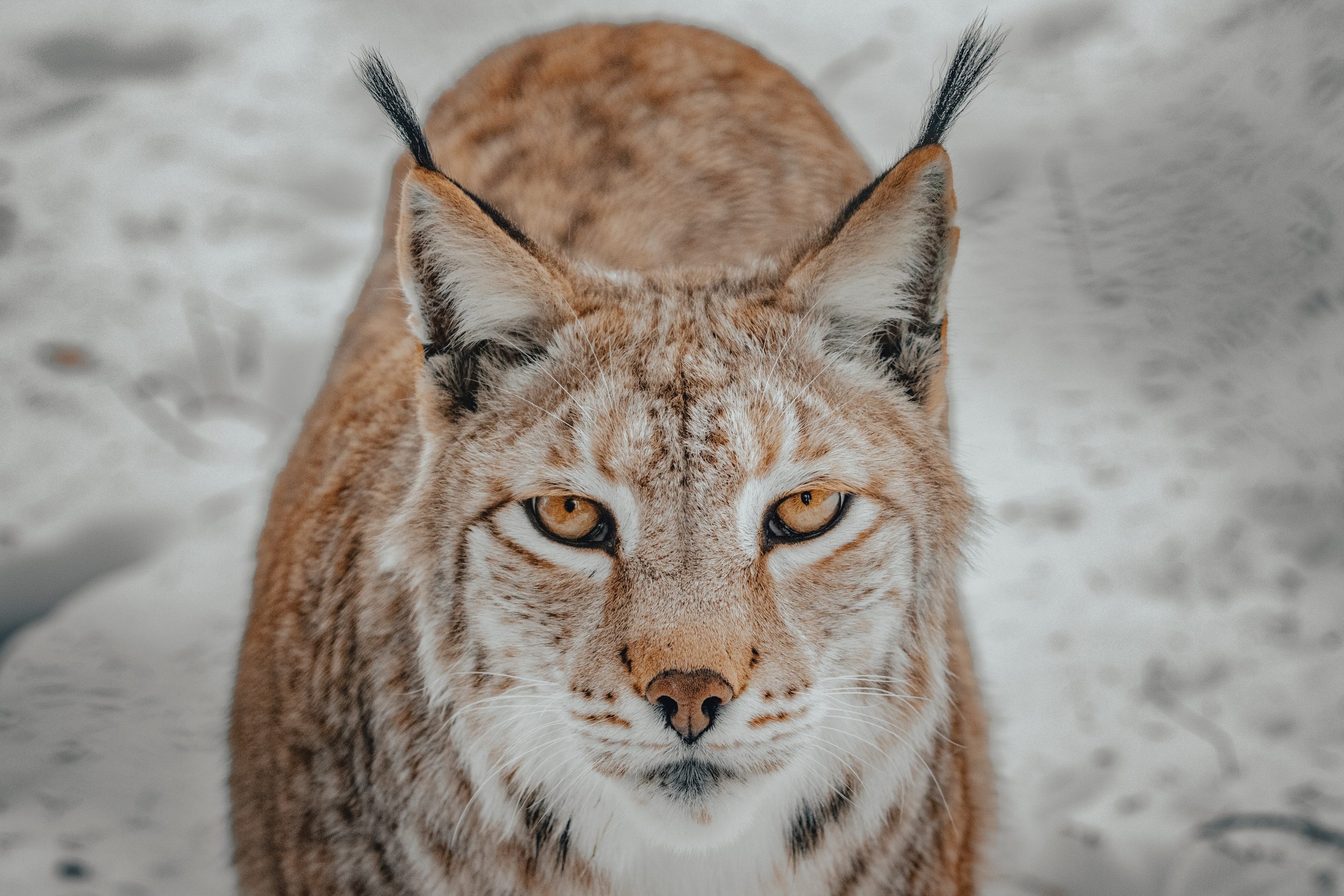When we think of rare species conservation, we immediately think of politicians, scientists and giant corporations as the only ones who can make a significant difference. Such proportions of an issue seem to be impossible to be tackled by an average person, and even for a small business it’s something that seems like a far-reaching ambition.
Why is it important to save rare species?
Animals and plants maintain ecosystem health. Whenever a species becomes endangered, we can surely assume that the ecosystem is out of balance, to which the consequences are critical.
What’s an ecosystem? It’s groups of plants and animals that are found in the same area and interact with each other, thus maintaining environments like rainforests, mountains and savannahs.
However, it isn’t always easy to maintain the balance and the loss of one species often leads to the loss of others.
A well-balanced ecosystem maintains environmental health. Thanks to it humans have access to clean air and water, and fertile land for agriculture.
Logically, ecosystems that aren’t maintained affect our health directly.
What’s being done to help?
There are lots of efforts underway to conserve the many endangered species across the globe.
International organisations, governments, local communities, non-profit organisations, small businesses, international brands and companies, individuals – all are working together to contribute towards growing the populations of endangered species.
Learning and raising awareness about endangered species in your area and across the world can be your contribution to the matter! Here are five of the most crucially important endangered animals in the world and the risks they are facing today!
Sea turtles in Greece
Sea turtles play a fundamental role in marine ecosystems. Turtles help keep the seagrass short by grazing on it and encouraging it to grow horizontally across the sea floor. Therefore, it can continue to provide support and protection for other marine life. Additionally, being vital for regulating the earth’s atmosphere, turtles help seagrass remove carbon dioxide from the atmosphere more efficiently. The Greek shoreline serves as one of the largest loggerhead breeding grounds in the world.
Sea turtles face many challenges to their survival like ocean pollution. They are at risk of eating or becoming tangled in litter like plastic bags with so much waste polluting the ocean. Uncontrolled coastal development also has a negative impact on turtles because it limits their nesting grounds. Poaching activities that target turtle eggs, skins, shells and meat, also affect the number of sea turtles in the ocean. We have to safeguard these animals.
Rhinos in South Africa
Another grazing superstar is the rhino. Rhinos are megaherbivores, which are very large animals that only eat plants. They are considered a keystone species important in maintaining the habitat they live in. Since they prefer to eat certain plants over others, they influence the types of plants that grow in an area, and how fast they grow.
Few rhinos survive outside of national parks due to poaching and the destruction of their natural habitat. A whopping 1,028 rhinos were poached in 2017. Black rhinos in South Africa are listed as critically endangered. The black rhino population has experienced a more than 90% decline in their numbers since 1970. Black rhinos are poached primarily for their horns. These horns are used in some traditional medicines or sold in illegal trade.
Asian Elephants in Thailand
Elephants are also a keystone species, and fellow grazers. They cover great stretches of ground and control the growth of vegetation. Elephants also promote plant growth and biodiversity by spreading the seeds of the plants they eat. However, there are only 40,000–50,000 Asian elephants left in the wild. And, of the 3,000 Asian elephants found in Thailand, almost half of them are kept in captivity.
In Thailand, Asian elephants were historically used as part of the workforce, in the logging industry and the military, as well as for cultural celebrations, and now tourist attractions. The decrease in their population size is largely due to elephant labour in the tourism industry, as well as deforestation of their habitats.
Amur Tigers in Siberia
Tigers are part of our planet’s natural heritage, a symbol of Earth’s biodiversity. They are a keystone species, crucial for the integrity of the ecosystems in which they live. As top predators, they keep populations of prey species in check, which in turn maintains the balance between herbivores and the vegetation upon which they feed. In short, when tigers thrive, the whole ecosystem thrives. This in turn provides important financial, cultural and spiritual benefits for local communities who live with or near tigers.
Amur tiger needs large territories to survive. With the growing population of human beings and economic development, Amur tiger’s habitat is shrinking. Along with habitat loss, tigers have suffered from severe loss of natural prey populations such as wild deer, goats, sheep, and pigs. Large-scale habitat destruction and reduction of prey populations are the major long-term threats to the continued existence of tigers in the wild.
Coming back to how small businesses can help, here’s a great example of humble but astounding work. To combat illegal logging in the south of the Far East in the cedar-deciduous forests where the Amur tiger lives, a now award-winning and worldly distributed Siberian vodka brand, Organika, donated drones and drone control pads to WWF Russia. With the help of drones, forest rangers are able to quickly detect it in hard-to-reach regions and stop the actions of violators.
Snow Leopards in Russia
The snow leopard (irbis) is one of the least studied and rare felines on the planet. As the top predator in its habitat, the snow leopard helps control populations of its prey, keeping their numbers stable and preventing them from overgrazing local foliage. Their predation also helps weed out sick and weaker individuals lower in the food chain.The low density of the species, the secretive lifestyle in the highlands up to 6,000 meters above sea level are the reasons why no more than 14% of the snow leopard’s range has been studied in the world so far.
However, it was only thanks to these conditions that the snow leopard survived in many regions. Today the snow leopard is one of the rarest large cat species. According to WWF-Russia estimates, over the past 16 years alone, the number of snow leopards in the world has decreased by 20%, leaving form 4,000 to 7,500 snow leopards on the planet. Today, the main threats to the snow leopard are: the destruction of habitats of a rare predator in the context of climate change, an increase in the number of livestock, poaching, and a decrease in the number of wild ungulates.
In effort to save these species WWF-Russia Mountain Patrol created a project that is aimed to conduct anti-poaching raids in snow leopard habitats, as well as to search for and prosecute violators of environmental legislation. For the effectiveness of these works, it is necessary to provide the inspectors of the Saylyugemsky National Park with equipment and transport that will allow them to move off-road, as well as transport snowmobiles and ATVs. Organika purchased a reliable UAZ vehicle with a trailer for the national park. This will allow for more raids in snow leopard habitat and control a large area, preventing poaching.
What can you do?
There are numerous ways of an individual making a contribution to saving rare species – from volunteering with animal rights organizations around the world to searching for and supporting businesses and companies that make it their mission to save rare species, from raising awareness and telling your friends – to reducing plastic waste to save the turtles. Don’t try and graze grass though, you’re not a rhino.







